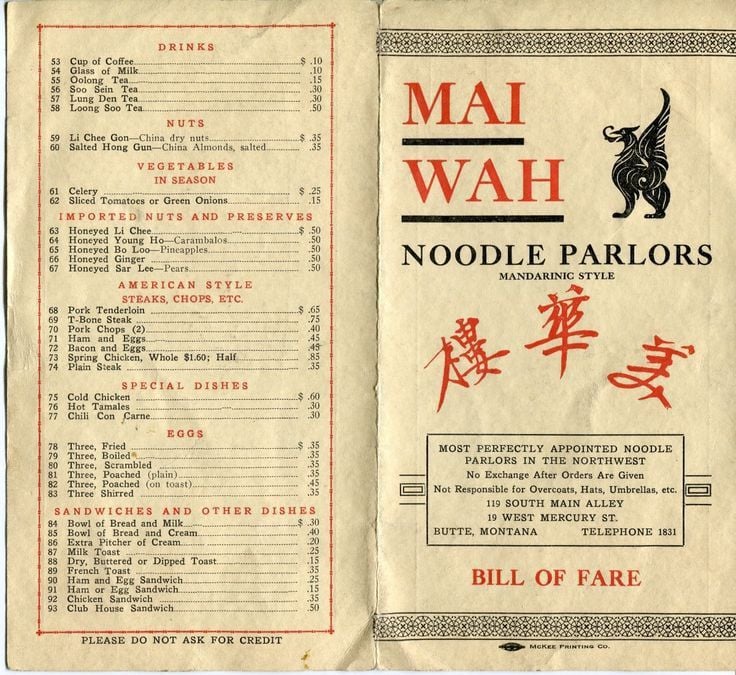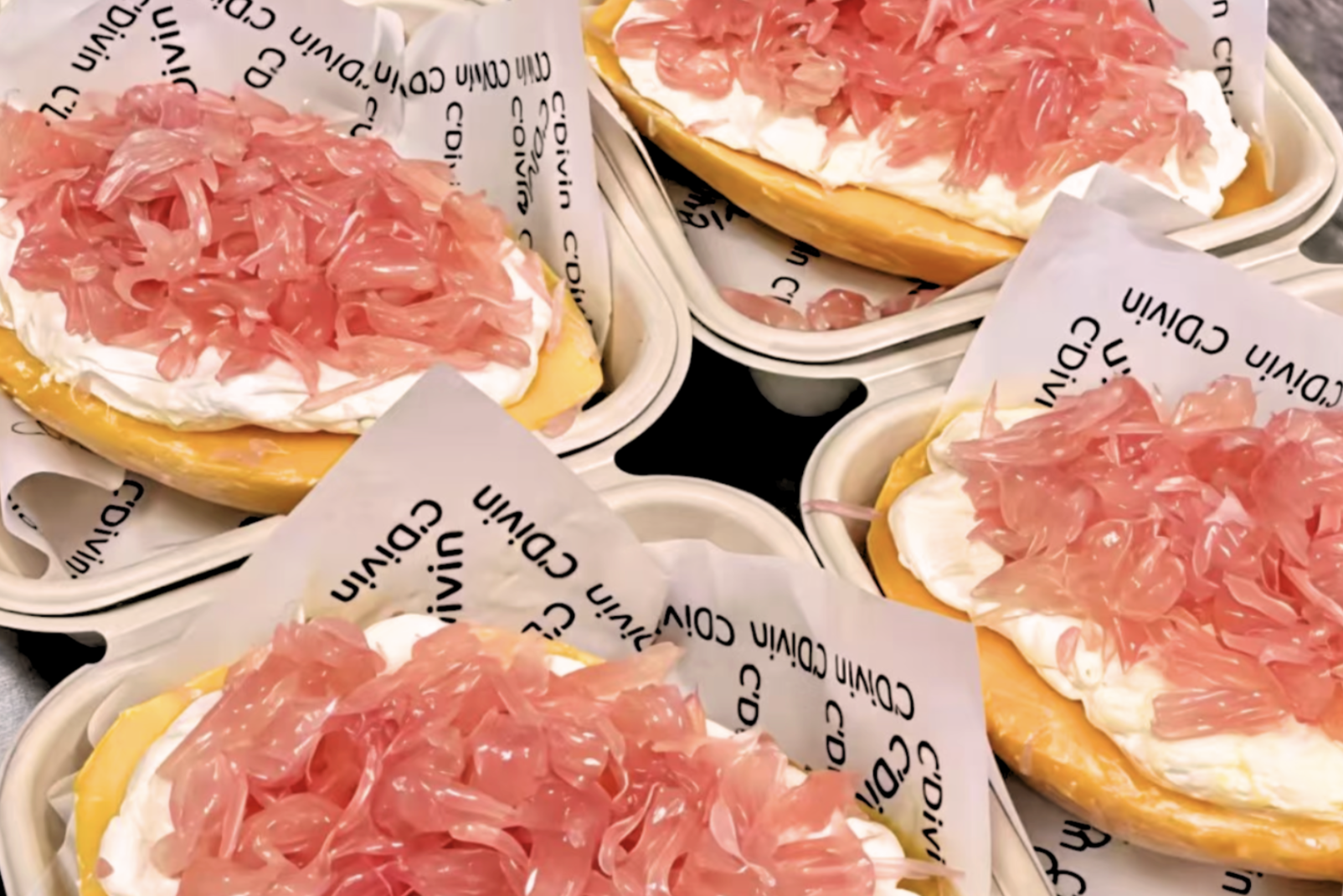What’s a big difference between a Chinese person living in the Chinese mainland and one living abroad? It’s not lifestyle or language skills—it’s obviously meal routines. Students in Germany will travel seven hours south just to spend €25 (around 29 USD) on a dish like chicken feet and pork intestine stew, while their friends back home might order 10 dishes through delivery in the same amount of time.
But no worries—Chinese students abroad have evolved, creating life-hacking alternative recipes using international ingredients to replicate hometown flavors. Their ancestors might be irritated by the unorthodox methods, but for them, this is a way of finding home at a distance. Here are five hands-on recipes worth trying:
1. Roujiamo (肉夹馍, flatbread stuffed with pork) Using Indian Spice Bags
A blogger in Germany developed a full SOP for every Chinese student craving roujiamo. Essentially, visit the local Turkish supermarket for beef bones with fatty meat—cuts that big supermarket chains rarely sell. While stewing the meat is simple, the soul of the dish is the spice mix. The blogger cleverly used Indian spice tea bags as braising spices after learning via ChatGPT that they contain cinnamon, ginger, cardamom, clove, black pepper, fennel, star anise, and nutmeg—all without tea leaves.
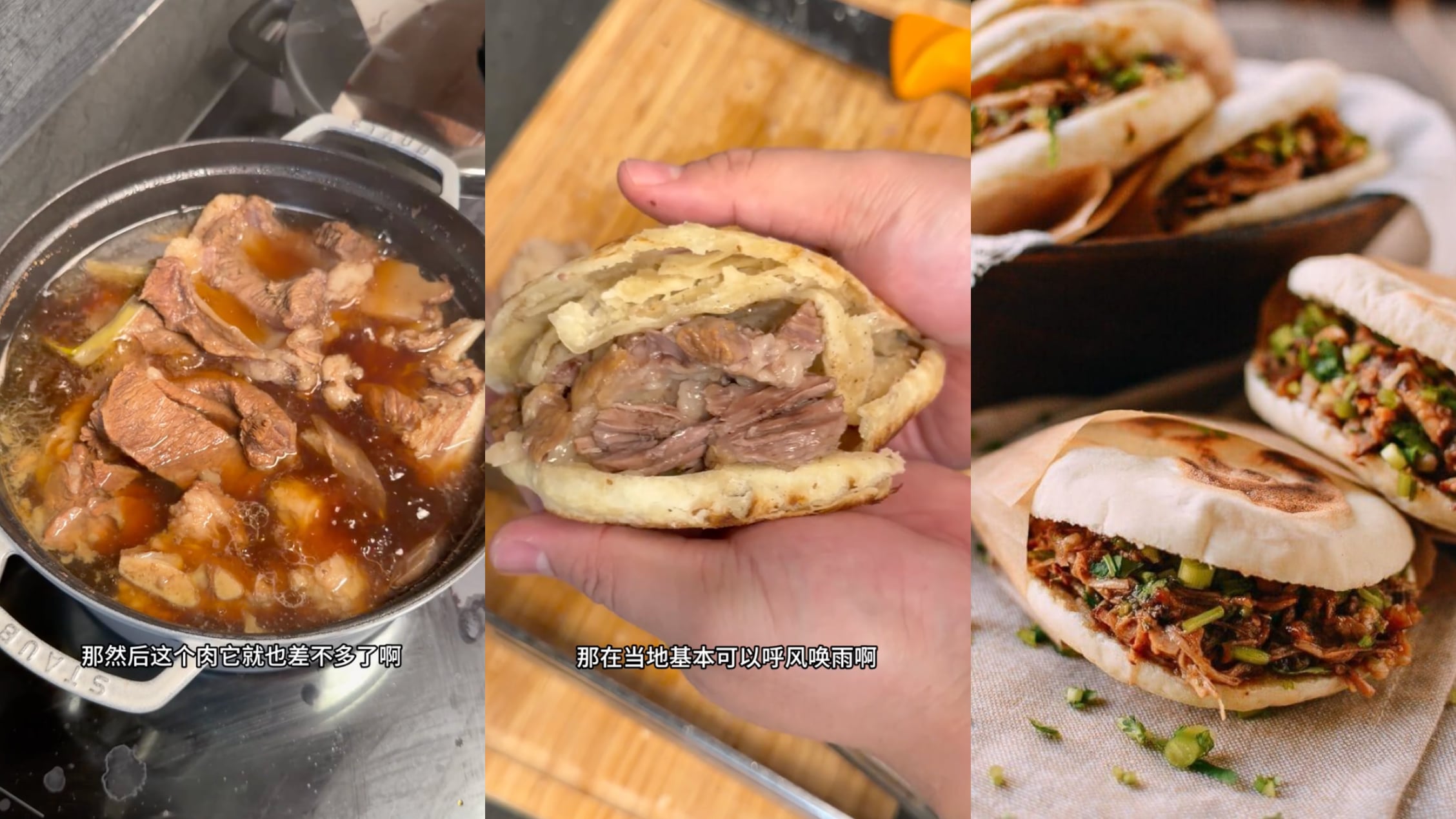
2. Savory Sauce Pancake (酱香饼) Using German Flammkuchenteig
In Germany, some bloggers discovered that Flammkuchenteig makes an excellent base for savory sauce pancakes, a campus staple back home. The original dish is hard to make because the dough is notoriously tricky. Here, the “lazy” blogger throws the German dough straight into the air fryer, sautés blended onion and garlic, then simmers a mix of soybean paste. It’s a smart shortcut when proper Chinese dough isn’t available.
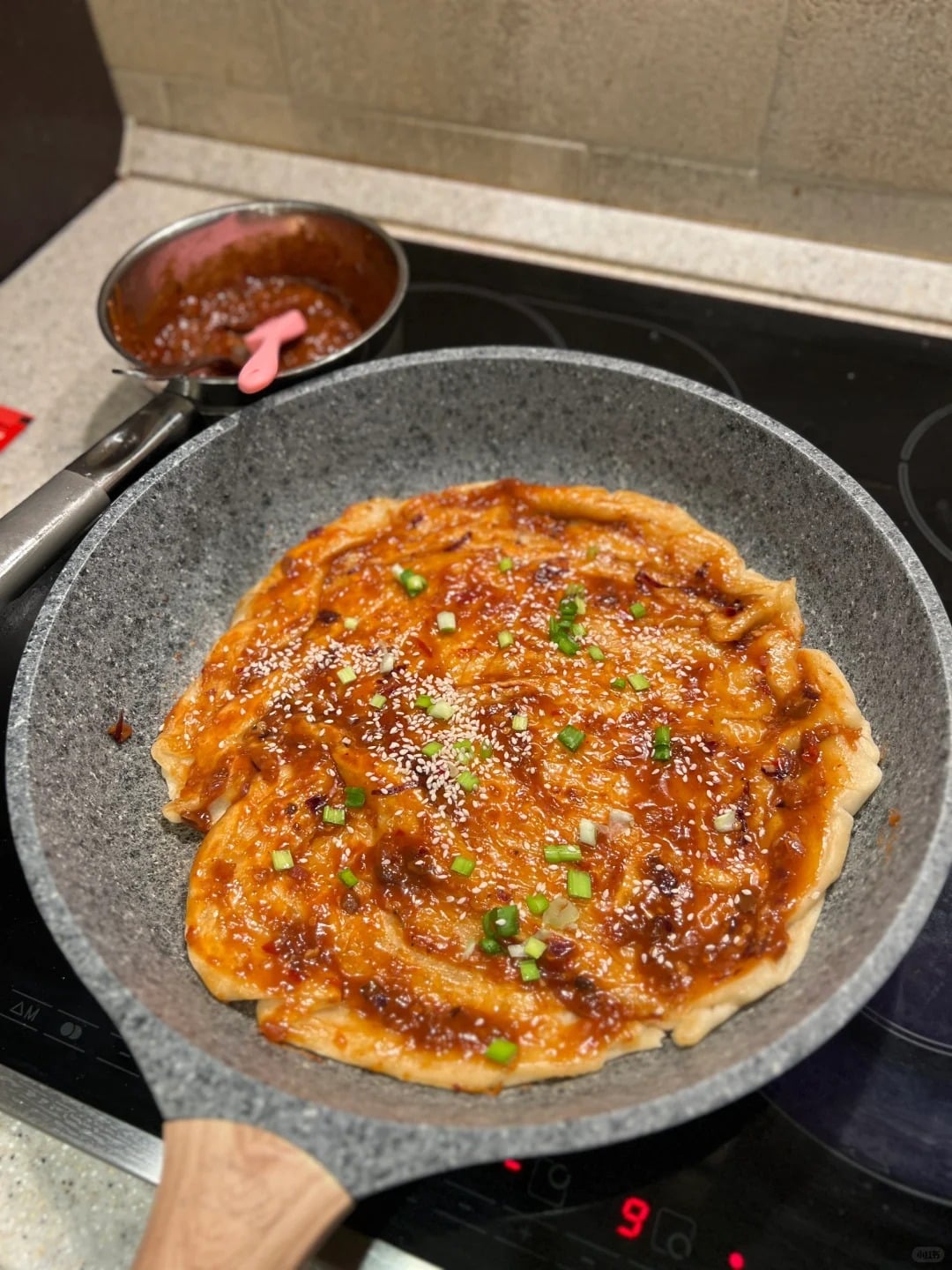
3. Stir-Fried Nang (馕) Using Pita
Nang is almost impossible to find outside Xinjiang, so this blogger uses cheap supermarket pita as a substitute. Cut the pita into pieces and pan-fry with a bit more oil than usual until crisp on both sides. Stir-fry onions and green or red peppers with cumin seeds, chili powder, and sugar, then toss the crispy pita back in. The texture and aroma mimic real nang surprisingly well, making this one of the most accessible hacks for students abroad.
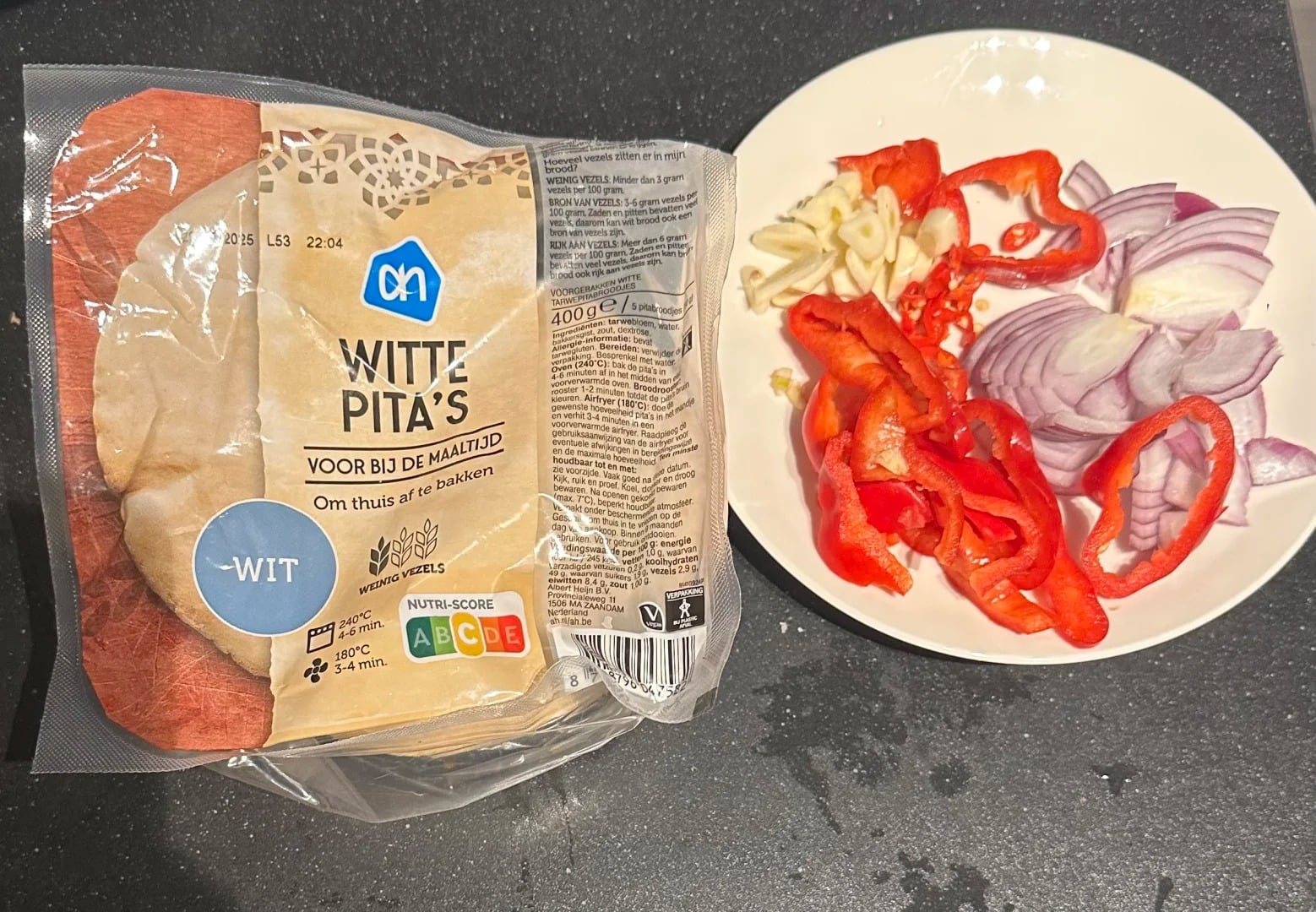
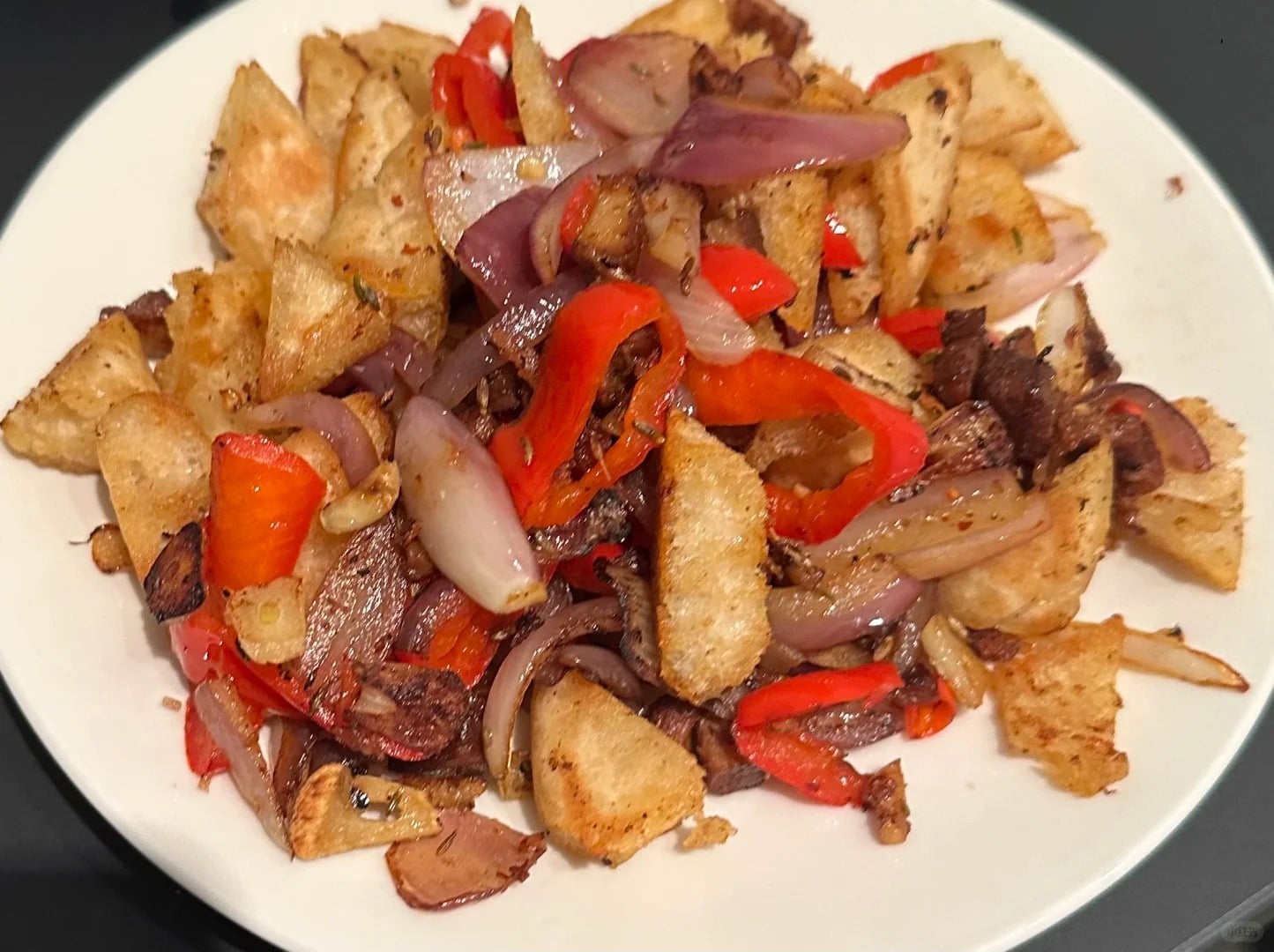
4. Xi’an Cold Skin Noodles Using Vietnamese Rice Paper
Liangpi (凉皮), or cold skin noodles, is a dish that depends on freshly steamed starch sheets. This blogger replaces them with Vietnamese rice paper, which softens into a surprisingly similar texture. The sauce combines sesame or peanut paste, which complements the softened rice paper, while sliced cucumber and red pepper add authenticity.

5. Chongqing Wanza Noodles (碗杂, pea mix) Using Chickpeas
Wanza noodles are hard to make abroad because dried peas require soaking and long cooking. While studying overseas, this blogger swapped them for canned chickpeas and found the flavor convincing with just 10 minutes of prep. Simmer the chickpeas and mash them into a paste—no seasoning needed. The topping, made by stir-frying minced meat, magically gives the chickpeas a more authentic Chinese flavor. Assemble with lard, soy sauce, scallion-ginger water, sesame, and other Chinese spices and sides to make a bowl that tastes like home.
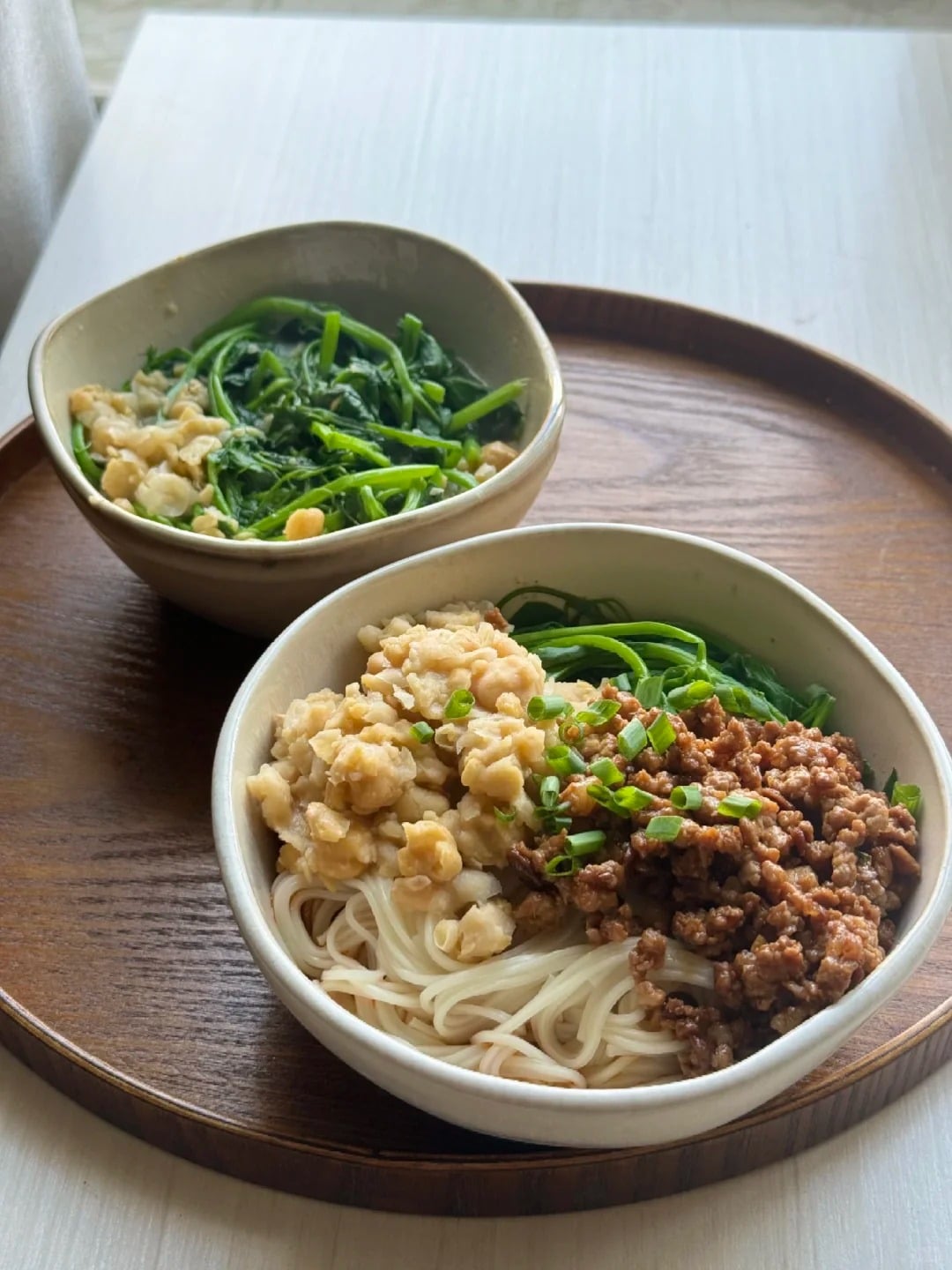
Cover Image via Xiaohongshu.




